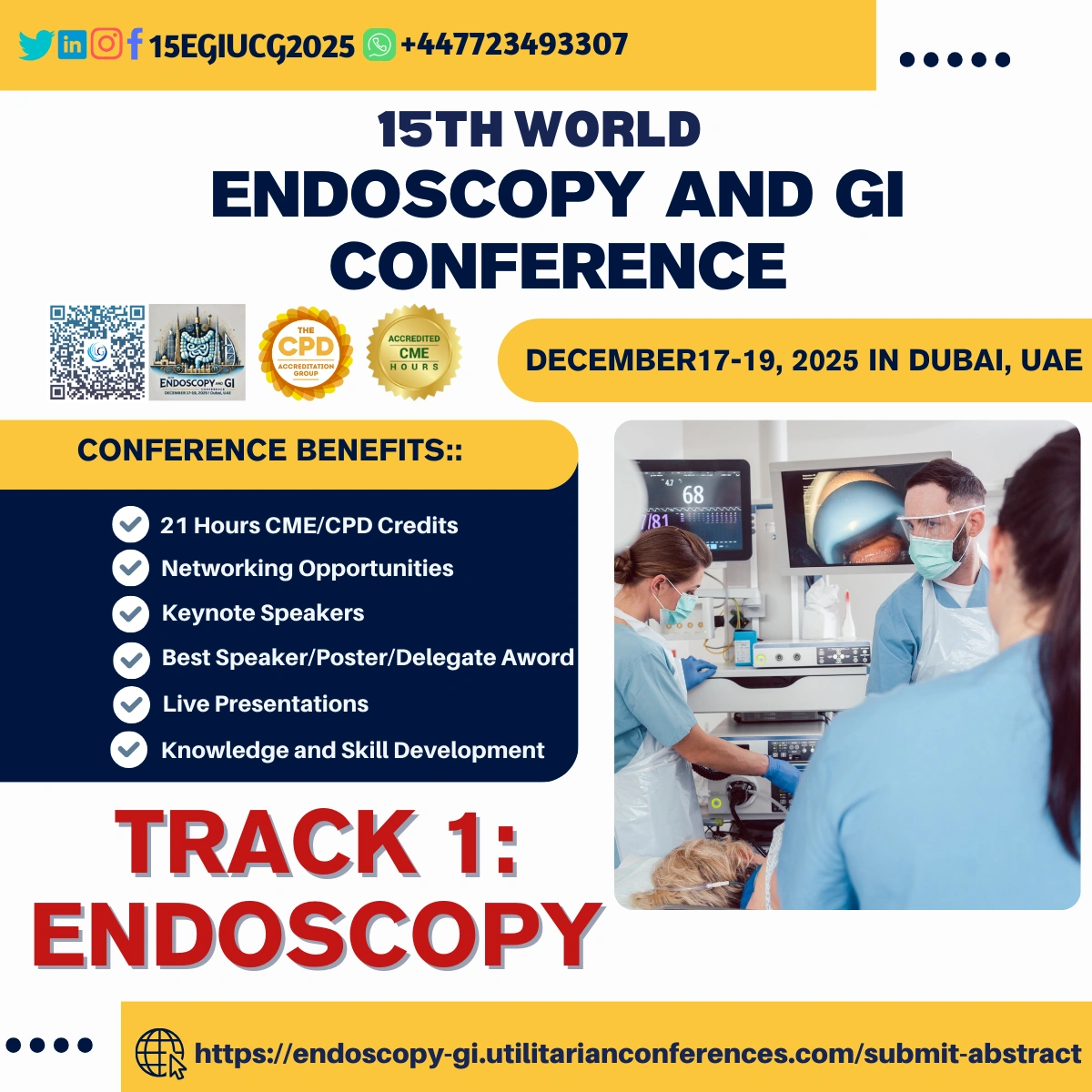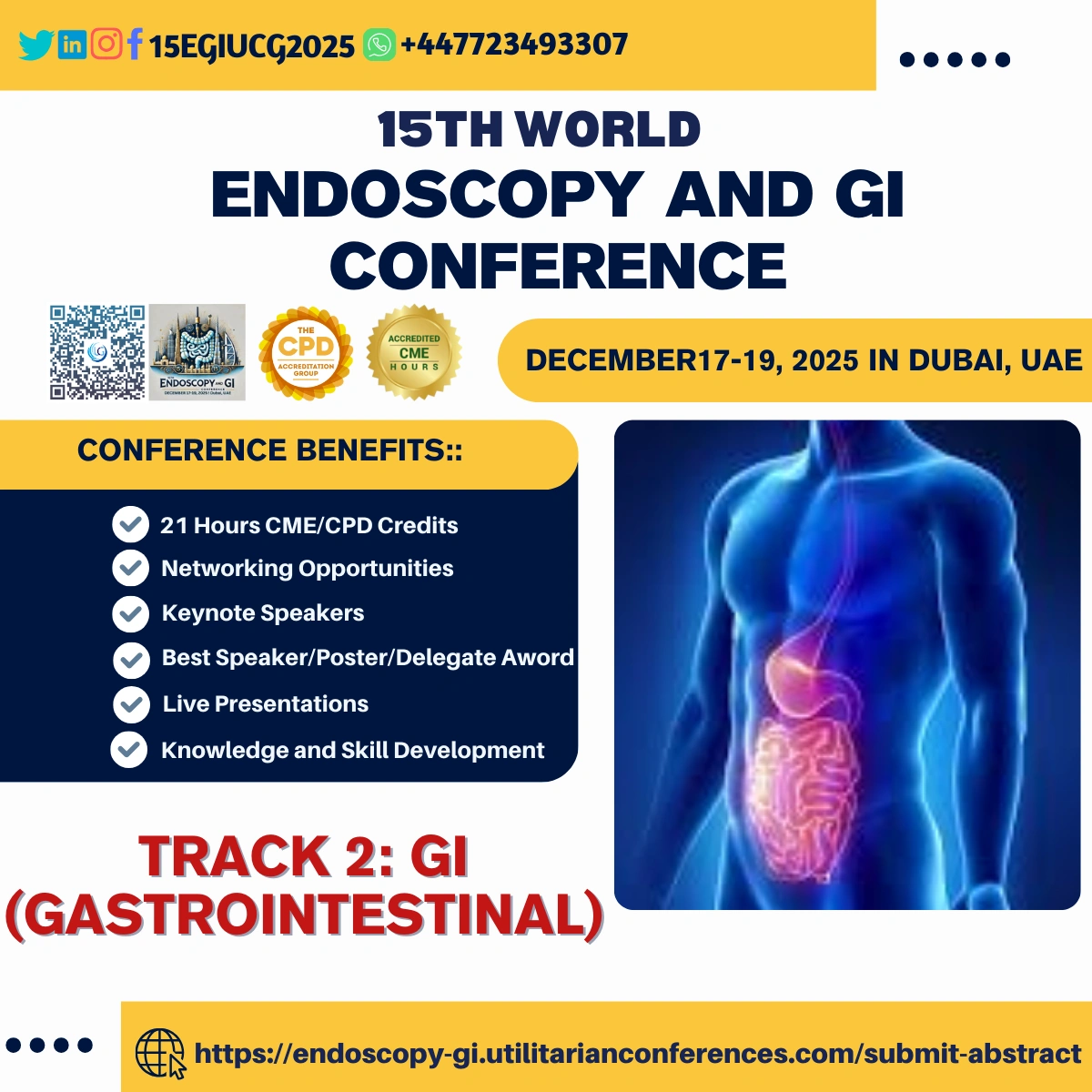Endoscopic Submucosal Dissection (ESD) is an advanced endoscopic technique used to remove large, superficial tumors or lesions in the gastrointestinal (GI) tract. It involves the precise dissection of the submucosal layer (the layer beneath the mucosal lining) to remove a lesion without the need for traditional surgery. ESD is often performed in cases of early-stage cancer, precancerous lesions, or benign growths, especially when they are confined to the mucosal or submucosal layers.
Key Features of Endoscopic Submucosal Dissection (ESD)
Procedure Overview:
- ESD is typically performed under sedation or general anesthesia, depending on the location and size of the lesion.
- The procedure uses an endoscope with specialized instruments to access the target lesion, which is usually located in the esophagus, stomach, or colon.
- The lesion is first marked with a dye, and a solution is injected beneath the lesion to lift it away from the underlying tissue (submucosal layer).
- A precise dissection of the mucosal and submucosal layers is carried out to remove the lesion in one piece, often using a specially designed knife or loop.
- The aim is to completely remove the lesion while preserving surrounding healthy tissue and avoiding perforation of the GI wall.
Indications for ESD:
- Early-Stage GI Cancer: ESD is commonly used for the removal of early-stage cancers in the gastrointestinal tract, particularly when the cancer is confined to the mucosal or submucosal layers and has not spread deeper into the muscle layers.
- Precancerous Lesions: Such as large adenomas or polyps, which may have a higher risk of developing into cancer over time.
- Benign Lesions: Such as large or difficult-to-remove benign tumors, when traditional excision methods are not feasible.
- Early Gastric Cancer (EGC): In the stomach, ESD is frequently employed to treat early gastric cancer that is confined to the mucosal layer without lymph node involvement.
Advantages of ESD:
- Minimally Invasive: ESD is less invasive than traditional surgery, requiring no large incisions or lengthy recovery times.
- Complete Resection: The technique allows for the removal of large lesions in one piece, which improves the accuracy of pathological diagnosis and reduces the likelihood of recurrence.
- Preservation of Organ Function: Because it is a minimally invasive technique, ESD allows for the preservation of surrounding tissue and GI organ function, especially in sensitive areas like the esophagus and stomach.
- Avoids Major Surgery: ESD is often used as an alternative to more invasive surgical procedures, such as esophagectomy or gastrectomy, in cases of early-stage cancer.
Risks and Complications:
- Perforation: The most significant risk of ESD is the potential for perforating the wall of the GI tract, especially if the dissection is not performed carefully.
- Bleeding: There may be bleeding during or after the procedure, especially when large or difficult-to-reach lesions are removed. This can usually be controlled with coagulation techniques during the procedure.
- Infection: As with any invasive procedure, there is a risk of infection, although this is rare.
- Stricture Formation: After the removal of large lesions, especially in the esophagus or stomach, there is a risk of scar tissue formation, which can lead to narrowing (stricture) in the affected area. This may require additional treatments or procedures to manage.
Post-Procedure Care:
- Patients typically stay in the hospital for observation after ESD to monitor for any immediate complications, such as bleeding or perforation.
- A liquid diet is usually recommended for the first few days after the procedure, followed by a gradual return to solid foods as healing progresses.
- Depending on the size and location of the lesion, follow-up endoscopic examinations may be required to ensure that the lesion has been fully removed and to monitor for recurrence.
Advancements in ESD:
- ESD has evolved with improvements in endoscopic tools and techniques, such as better electrosurgical knives, safer submucosal injection techniques, and advanced coagulation methods.
- Hybrid ESD: In some cases, a combination of ESD and other techniques, such as endoscopic mucosal resection (EMR), may be used for more complex lesions.
Conclusion
Endoscopic Submucosal Dissection (ESD) is a sophisticated and effective technique for the removal of large, early-stage cancers or precancerous lesions from the GI tract. It is particularly beneficial in treating lesions confined to the mucosa or submucosa, offering a minimally invasive alternative to traditional surgery. While the procedure carries risks, it has significantly advanced the field of gastroenterology by enabling precise tumor removal with high rates of successful outcomes and lower complication rates compared to conventional surgeries.
Sub Topic: History and development of ESD in gastrointestinal medicine, Indications for ESD, Step-by-step description of the ESD procedure, Avoidance of traditional surgery and its associated risks, Risks and Complications of ESD, Follow-up care, including endoscopic surveillance for recurrence, ESD for Specific GI Cancers, Techniques for achieving optimal dissection and reducing complications, Long-term outcomes for patients with early-stage GI cancers treated with ESD, Differences in healthcare systems and their impact on ESD availability.





